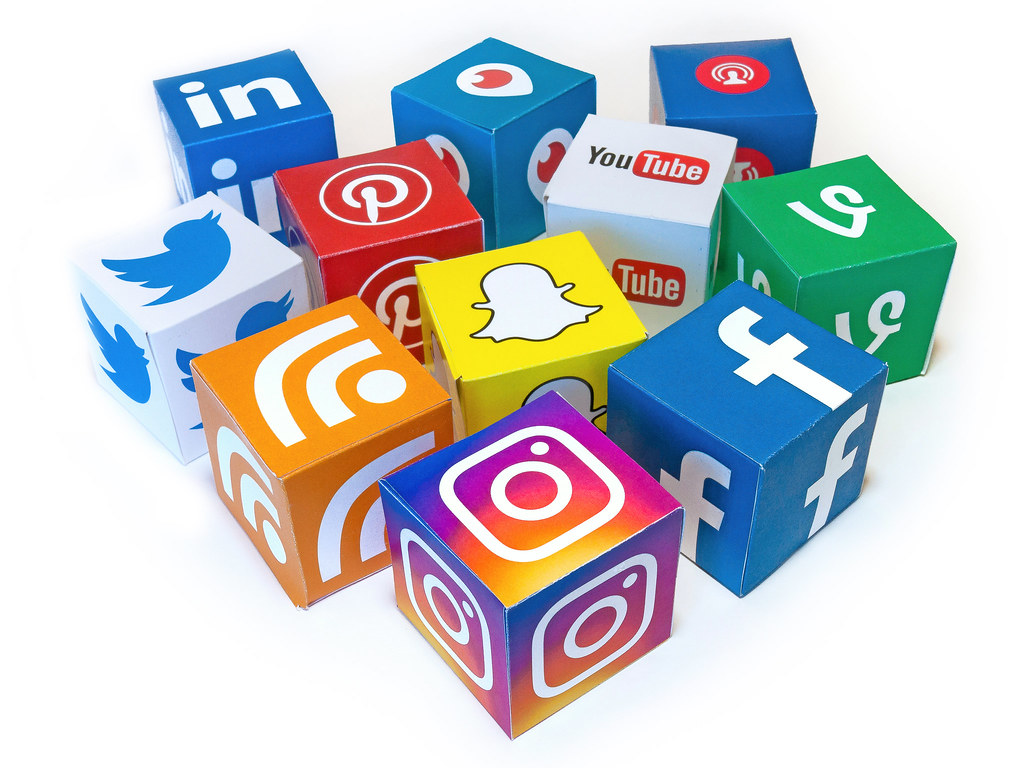A tactic used to deliberately provoke emotions, rage baiting contributes to not just toxic digital spaces but also takes a toll on mental health and social harmony.
Published Nov 24, 2024 | 12:00 PM ⚊ Updated Nov 24, 2024 | 12:00 PM

Representative image
In today’s hyper-connected world, where every swipe and click can define a trend, a troubling scenario has emerged: Rage Baiting.
It’s a tactic used by individuals or content creators to deliberately provoke emotions—often anger or outrage—through controversial content, all in the quest for engagement. But while it drives visibility, its consequences for mental health, social harmony, and the digital landscape are far-reaching.
Has the internet become a battleground of calculated controversies in the quest for likes and shares?
Jeusha Christopher, a budding artist and actor, has experienced the effects of rage baiting firsthand.
“Rage baiting can easily get to one’s head, especially in a field like mine where it’s so easy to stir up negative things about someone famous,” she told South First.
Sharing how social media has amplified its impact, she continued: “For me, body shaming has been a recurring issue. The internet idolizes us actors to a point where people forget we are human too. While I understand some people engage in this for money, it’s creating a toxic digital culture. We’re building a negative world on social media, and it’s something we all need to rethink before it spirals further out of control.”
Thaj, an Instagram influencer known as Thajmola, echoes this sentiment while shedding light on the motivations behind rage baiting. “When you ask what drives people to engage in rage baiting, the answer is simple: attention. We’re all chasing attention in some form or another. Rage baiting taps into our natural curiosity and amplifies controversies into entertainment on a larger scale.”
Thaj emphasises to South First the need for creators to act responsibly and set the tone. “Rage baiting feeds on impulsive reactions. As creators, we need to think about the environment we’re contributing to. It’s not just about entertainment; it’s about the kind of space we want to leave behind.”
According to content creator Kavya S, rage baiting often stems from a mix of motives. “They post provocative content for various reasons. I think some may do it for attention-seeking or financial gain,” she shared. This underscores the complexity of intentions behind such posts, which might range from a desire for visibility to commercial benefits like ad revenue or collaborations.
However, the aftermath of such posts isn’t always benign. “[Some] people argue with half-knowledge, and that leads to conflict,” Kavya added, highlighting the challenges of navigating discussions that can devolve into hostile exchanges.
While influencers like her strive to create engaging content, they often walk a fine line. “Personal insults are not considered healthy,” she told South First, pointing to the darker side of this trend.
Dr Shraddha Mohite, a psychologist specialising in online behaviours, offers insights into the factors that make rage baiting so effective. “Humans are naturally drawn to strong emotions like anger. Rage baiting exploits this by creating content that triggers our fight-or-flight response, making it hard to ignore or disengage.”
She warns that this constant exposure can lead to emotional fatigue and normalise hostility online. “When people encounter such content repeatedly, they may either become desensitised to aggression or more prone to react aggressively themselves. Both outcomes harm social cohesion.”
Rage baiting wouldn’t thrive without the aid of algorithms designed to prioritise engagement. Kiran Jonnalagadda, co-founder of Hasgeek.com, explained how this works to South First.
“The algorithm doesn’t know if you’re engaging positively or negatively; it just registers interaction—whether you like, comment, or share. Since anger often prompts a response, upsetting content tends to be prioritised. This natural bias towards controversy makes rage baiting highly effective.”
Kiran also highlights how some platforms, like TikTok, have tweaked their algorithms to gauge user interest more accurately. “TikTok observes how long you stay on a video, even without interaction, as a measure of interest. However, for most platforms, interaction is the primary signal, which inadvertently favours rage baiting.”
Addressing the rage-baiting phenomenon requires a multi-faceted approach. Influencers must recognise the weight of their words, platforms need to rethink algorithm designs, and users must become more mindful of the content they engage with.
Jeusha Christopher aptly summarises the collective responsibility to South First: “We all have a role to play. Whether it’s choosing not to engage with harmful content or rethinking the kind of stories we amplify, the change begins with us.”
Experts agree that while influencers bear some responsibility, the onus also lies on platforms and audiences. A collective effort is needed to mitigate the negative effects of rage-baiting and foster healthier digital ecosystems.
In an era where controversy drives clicks, a deliberate effort to promote meaningful conversations over divisive tactics can shape a healthier online culture.
As rage baiting continues to shape social media landscapes, it calls for nuanced discussions on its ethical boundaries, psychological impact, and the role of technology. Whether through awareness or regulation, finding solutions will be key to fostering meaningful and constructive online conversations.
“Controversial content often garners attention and virality, but influencers must tread carefully,” says Praveen John Purushotham, Certified Holistic Coach (ICF-ACC), NLP Practitioner, Life Coach, and Organizational Development Coach.
“The line between sparking a healthy debate and rage baiting lies in the intent—content should aim to inform and encourage diverse perspectives, not provoke anger for clicks. Rage baiting undermines meaningful discussions, shifting the focus from constructive dialogue to emotional outbursts. As influencers, we have a responsibility to shape online discourse by prioritizing authenticity, positivity, and values that foster a healthier digital culture.”
(Edited by Neena)
